
About the Boeing B-29 Superfortress
The Boeing B-29 Superfortress was a World War II marvel, an American four-engine propeller-driven heavy bomber. It was designed by Boeing in 1940 to fly further than the U.S. Army Air Corps’ other strategic bombers, such as Boeing’s own B-17 Flying Fortress and the Consolidated B-24 Liberator. It was initially designed for high-altitude strategic bombing, but it excelled later in low altitude bombing as well.
The aircraft successfully surpassed its predecessors and other competitors as it could carry more payload and fly faster at higher altitudes than the B-17 and B-24. The B-29’s extraordinary performance also inspired many future Boeing projects, including the Boeing C-97 Stratofreighter transport and Boeing Model 377 Stratocruiser airliner. It also inspired the development of the B-50 Superfortress, one of which, the Lucky Lady II, became the first aircraft to fly around the world non-stop in 1949, completing a 94-hour flight.
Boeing B-29 Superfortress: Technical Specifications
After the USAAC’s demand for a bomber that could carry a larger payload and through larger distances (more than 3,000 miles), Boeing began working on a pressurized long-range bomber in 1938. By December 1939, an official specification for a “superbomber” was issued by USAAC, and after drawing out the competition, Boeing received an initial order for two prototypes. These prototypes were designated as XB-29, and after positive test results, Boeing was given a production order for 14 service aircraft and 250 production bombers in May 1941. These numbers were later increased to 500 aircraft in January 1942.

The B-29 was one of the largest aircraft of World War II, with a pressurized cabin, dual-wheeled tricycle landing gear, and an analog computer-controlled fire-control system. The fire-control system allowed one gunner and a fire-control officer to direct four remote machine gun turrets. The pressurized systems were especially a head-on tackle as the designers had to decide whether to have unpressurized bomb bays or a fully pressurized fuselage that would need to be de-pressurized every time the bomb bay doors were opened. They came up with an ingenious solution by having unpressurized bomb bays and a long tunnel joining the forward and rear crew compartments. This design allowed the crews to use the tunnel if necessary and crawl from one pressurized compartment to the other.
General Specifications
| Type | Strategic Heavy Bomber |
| Manufacturer | Boeing |
| Engine | 4 × Wright R-3350-23 Duplex-Cyclone 18-cylinder air-cooled turbo supercharged radial piston engines, 2,200 hp each |
| Weight | |
| Empty | 74,500 lb |
| Maximum Take-off | 133,500 lb |
Dimensions
| Wingspan | 43.05 m |
| Length | 30.18 m |
| Height | 8.46 m |
Performance
| Maximum Speed | 357 mph |
| Cruising Speed | 220 mph |
| Service Ceiling | 31,850 ft |
| Range | 2,820 nm |
World War II
The first B-29 combat mission was on June 5, 1944, with the target being the Makkasan railway works in Bangkok, Thailand. 98 B-29s took off from bases in India, but only 77 reached the target area. Five B-29s were lost during the mission that resulted only in minimal damage to the railway hub. Later that month, B-29s operating out of China bombed the Japanese industrial city of Yawata, the first air raid on Japan since the Doolittle Raid of 1942. Mechanical difficulties, the logistical challenge of flying supplies through the Himalayas, and the presence of Japanese forces were all a hinderance to the B-29 operations out of the CBI theater.
By August 1944, the US had secured the Mariana Islands in the Central Pacific, which would provide bases that were easier to resupply. The B-29s arrived in October 1944, and by 1945, the B-29 units in China and India were being transferred to the Marianas. In Japan, the bomber performed its long-range systematic bombing from 1944 to 1945, and starting with the bombing of Kobe, Japan on February 4, 1945, B-29s launched incendiary bombing raids on Japanese cities, whose destructive effects were starkly demonstrated during the bombing of Tokyo on the night of March 9-10, 1945, that was codenamed by the Americans Operation Meetinghouse. As a result of the raid, an estimated 90,000 to 100,000 Japanese were killed. B-29s were also used to drop naval mines to blockade Japan in what was codenamed Operation Starvation.The Korean War
With the beginning of the conflict in Korea in June 1950, the B-29 returned to combat. The Superfortress stood strong and effective against several types of targets throughout the Korean War but was vulnerable to MiG-15 jet fighter attacks. The B-29 remained in service even during and after the Korean War ended in various roles throughout the 1950s, and was retired in the early 1960s after 3,970 had been built.
Silverplate Series
The most well-known B-29s were part of the Silverplate series, which were heavily modified to carry nuclear weapons. Due to the complexity of modifying the B-29 to the standards of Silverplate, the British Avro Lancaster was considered as an alternative nuclear bomber as it required fewer modifications, but the B-29 was the better choice with its superior range and a higher service ceiling. Thus, a B-29 Boeing Superfortress was modified in November 1943 to carry mockups of atomic bombs for flight testing. Then came the major career highlight of the bomber, the nuclear bombing of Hiroshima and Nagasaki, and in doing so, the B-29 became the only aircraft to drop atomic weapons during combat.
Unlike other B-29s, the Silverplate bombers were equipped with fuel injection and reversible propellers. To reduce weight, these aircraft had all their guns removed, except for the tail guns. Pilot Charles Sweeney credited the reversible props for safely landing their B-29 Bockscar in Okinawa after its emergency landing following the Nagasaki mission.
After Japan’s surrender on V-J Day, B-29s took on new roles, such as dropping supplies to prisoners of war in Japanese camps. In October 1946, one B-29 flew non-stop from Oahu, Hawaii, to Cairo, Egypt, a distance of 9,422 miles in under 40 hours, thus proving the feasibility of long-distance airline routes over the polar ice cap.
Never Ending Story
Production of the B-29 ceased after World War II, with the final unit being completed at Boeing’s Renton factory on May 28, 1946. Many of the aircraft were placed in storage, declared surplus, and eventually scrapped. However, 22 B-29s have been preserved in museums around the world, including two airworthy examples: “FIFI,” owned by the Commemorative Air Force, and “Doc,” restored by Doc’s Friends.
Doc made its first flight in 60 years on July 17, 2016, from Wichita, Kansas. Three of the Silverplate B-29s, specifically modified to carry nuclear bombs, still exist. Enola Gay, the aircraft that dropped the first atomic bomb, was fully restored and is displayed at the Smithsonian’s Steven F. Udvar-Hazy Center near Washington Dulles International Airport. Bockscar, responsible for dropping the “Fat Man” bomb on Nagasaki, is preserved at the National Museum of the United States Air Force at Wright-Patterson AFB in Dayton, Ohio.
Related Articles
"Haritima Maurya, pen name, ""Another Stardust,"" has been passionate about writing since her school days and later began sharing her work online in 2019. She was drawn to writing because of her love for reading, being starstruck by the art of expression and how someone can make you see and feel things exclusive to their experience. She wanted to be able to do that herself and share her mind with world cause she believes while we co exist in this beautiful world least we can do is share our little worlds within.
As a commercial pilot, Haritima balances her passion for aviation with her love for storytelling. She believes that, much like flying, writing offers a perspective beyond the ordinary, offering a bridge between individual experiences and collective understanding.
Through her work, ""Another Stardust"" aims to capture the nuances of life, giving voice to moments that resonate universally. "











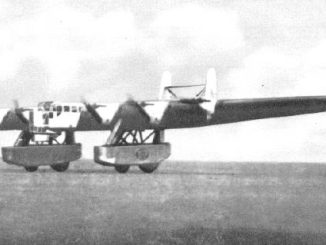
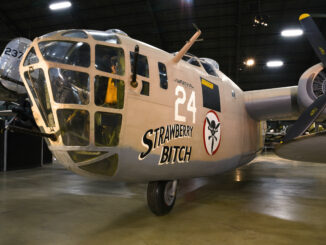
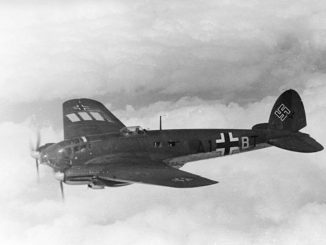
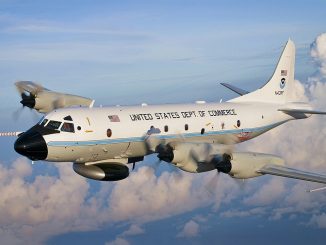
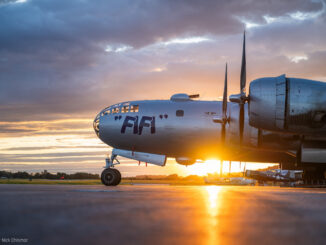
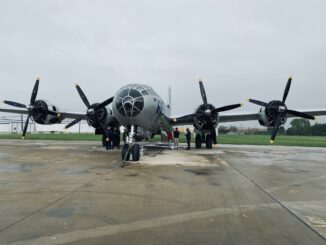


Be the first to comment
Graphic Design, Branding and Aviation Art